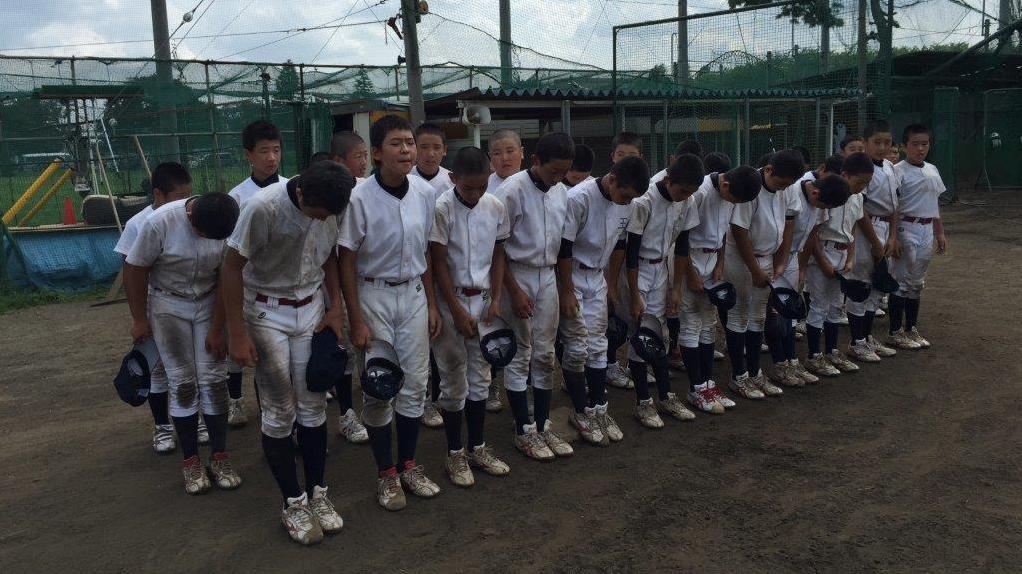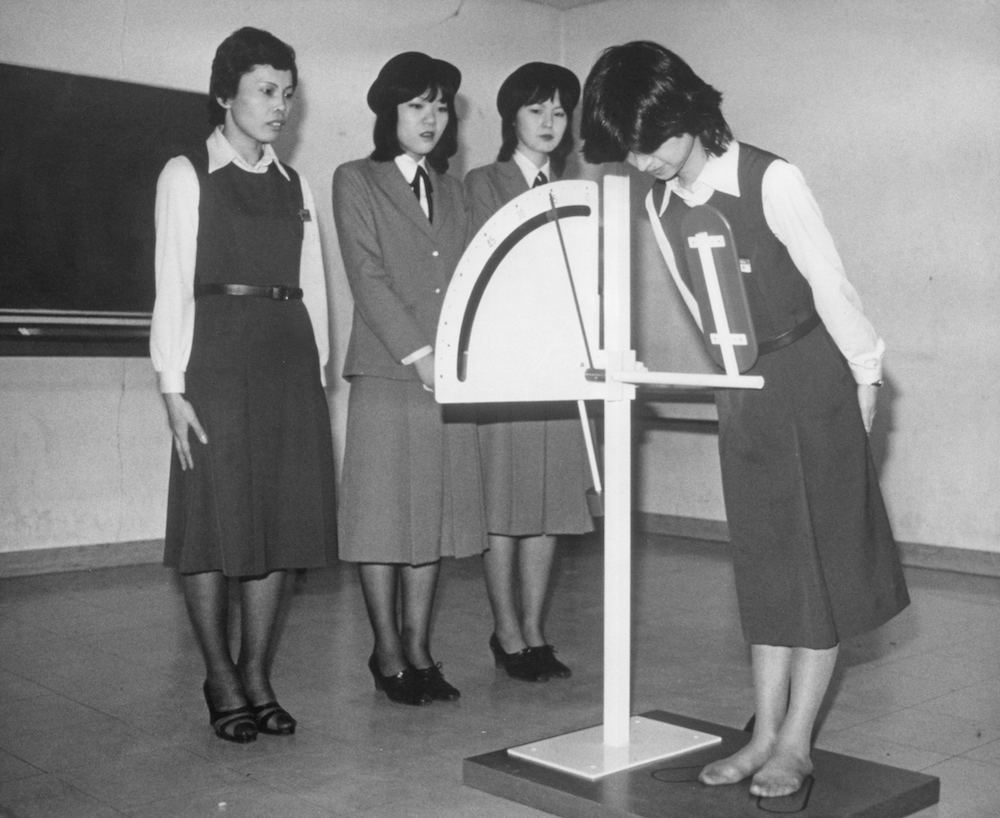

“They’re coming outta the goddamn walls”1
Japan. The train moved fast, cutting through what were once farmlands and were now transformed into a long line of personality-less buildings linking Narita Airport to Tokyo Station. The black rain-laden clouds of a wet October contrasted with the emerald green rice fields that still resisted the modernizing fury of contemporary Japan. From the window, I saw a group of boys practicing baseball with the seriousness of professional players. The train arrived at Tokyo Station, punctual as always, and stopped precisely in front of the painted lines on the platform that signaled the openings of the door wagons. The sliding doors opened and the cabin crew bowed to greet us as we descended, laden with our luggage. A cleaning team was ready to go to work when the last of the passengers had disembarked from the train and, in a few minutes, would have cleaned all the wagons, respecting precisely the schedule.


“From the moment they wake, they devote themselves to the perfection of whatever they pursue.” Captain Nathan Algren, “The Last Samurai”2
The vision of Captain Algren is perhaps too idealized (after all it is always a movie) but it is not too far from reality. The Japanologist Boye Lafayette De Mente claims that Japan is a kata-ized Country3. Therefore, not only in the martial arts where the term kata (型 or 形), that meaning form, is most used or in the disciplines that end in -Do (shodo, chado, etc.) as many claims, but also in daily acts and works.
Whether it’s training in baseball4,


or cleaning a train wagon,
bowing,


or wrapping packs,
everyone follows an exact procedure taught until the desired precision is reached, when the intention turns into action, and the form becomes substance. This is the real meaning of kata (型 or 形). We are admired by this series of synchronized gestures often getting lost in the surface of the movements, thinking we are witnessing a mere representation when instead we are shown the essence of Japanese thought in action.
This is even more true in the practice of iaido, where the execution of kata can be mistaken for pure aesthetics and the pursuit of perfect movement as an end in itself. This is a trap into which we, practitioners too, risk falling. The form could turn into pure formality if we forget the meaning of the gestures we are making. We must always remember that kata is the indispensable foundation without which the whole building would not stand up and, the necessary and continuous repetition of the movements, if done mechanically, becomes boring and useless. Therefore we must always pay attention (Zanshin) so that perfection can be combined with the effectiveness of the movement. We must know that the kata we are practicing has a reason to be and that the series of movements, that we must learn and continue to repeat until we are exhausted, serve us for a precise practical purpose that has undoubtedly been lost over time. And here lies the difficulty of the art of iaido. For example, contrary to the activity of tutsumi (包), the art of wrapping, which has an obvious practical use, in iaido, we must not only imagine what we are doing but also why, given that, once we leave the dojo, we cannot carry the sword with us. Or not?
- “Aliens” James Cameron (1986)
- “The Last Samurai” Edward Zwick (2003).
- “Japan. A Guide to Traditions, Customs and Etiquette” – Boye Lafayette De Mente (2018)
- “You Gotta Have Wa” Robert Whiting (2009)
